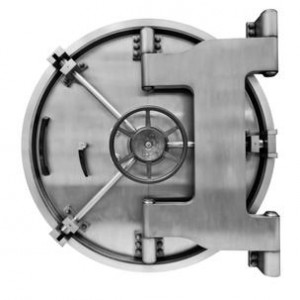 Overdrafts can undoubtedly be a useful way to stretch your finances and allow you to pay for something you wouldn’t have been able to purchase outright. If you’re only doing this occasionally it might not be much of a problem, however, it’s fairly easy to become stuck in a rut. The downside to such facilities is you’ll be paying interest rates and occasionally additional charges on your account, which can make it even more difficult to clear the balance, particularly if you also use credit cards. Here are three ways you could get on the path towards leaving your overdraft behind:
Overdrafts can undoubtedly be a useful way to stretch your finances and allow you to pay for something you wouldn’t have been able to purchase outright. If you’re only doing this occasionally it might not be much of a problem, however, it’s fairly easy to become stuck in a rut. The downside to such facilities is you’ll be paying interest rates and occasionally additional charges on your account, which can make it even more difficult to clear the balance, particularly if you also use credit cards. Here are three ways you could get on the path towards leaving your overdraft behind:
Table of Contents
Get a Credit Card
Advising you to apply for a credit in order to clear existing debts may cause a little alarm, but it could prove a really effective to get you back in the black for the long term. The products that could help you to achieve this are balance transfer credit cards with a 0 per cent rate of interest for a certain period of time. In the case of an overdraft the money will be transferred from the card to your current account, giving you chance to repay what you owe interest free. Typically there is a transfer fee attached and this will vary depending on your debt and lender, but may still be more cost effective than your current situation. Make sure you find out how long the interest free period on your card lasts for, as if you exceed this you could be hit with some high rates. Of course, there is always the potential to then transfer this to another card, but there’s no guarantee of being accepted.
Switch your Current Account
The number of current accounts offering interest free overdrafts has declined in recent years, but there are still some options available. If you’re currently paying out a hefty amount in charges then the time could be right to see what else is out there. Shop around for the most preferable terms and be sure to read the terms and conditions of the account to avoid being hit by charges unexpectedly.
Draw Up a Budget
If you haven’t already then sit down and work out what money you have coming in and going out on a regular basis each month. Take in to account all your regular payments such as rent, bills and other expenses, in order to find out how much you have left over. You could then go over your statement to find out where savings could be made.
What other ways do you know of to avoid your overdraft?

